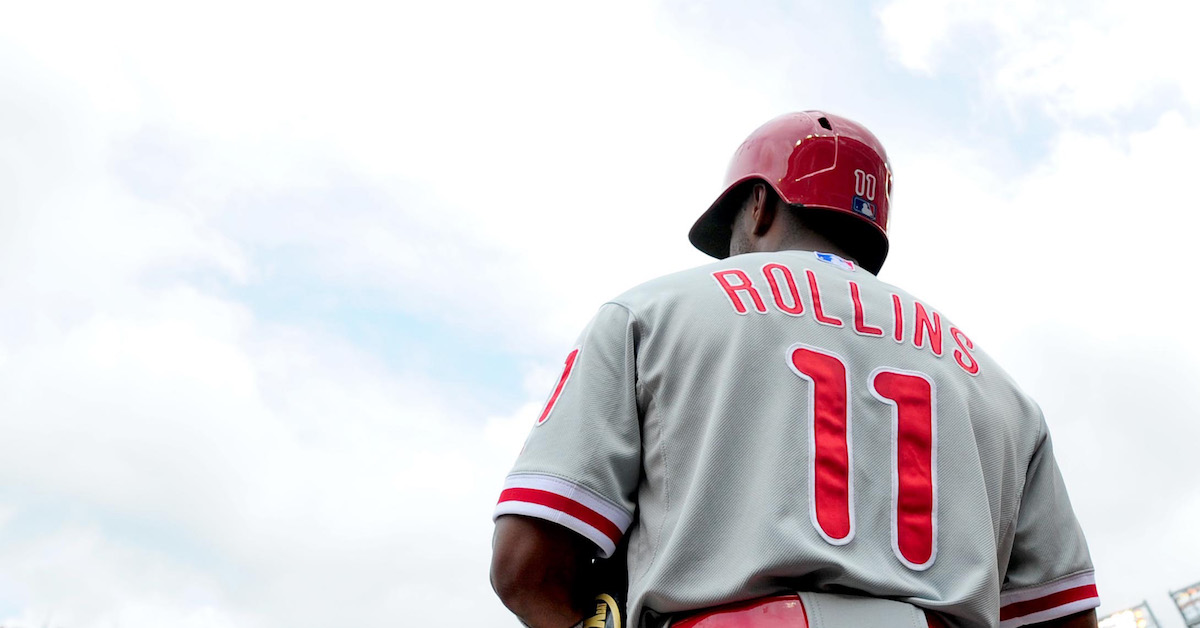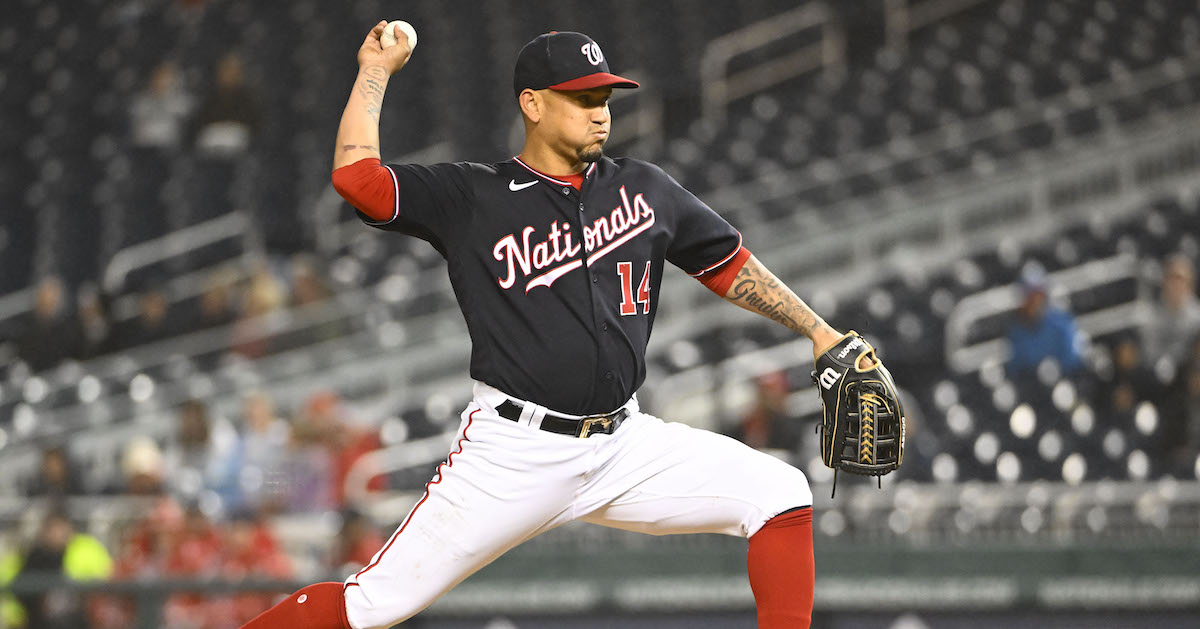Job Posting: Philadelphia Phillies Lead or Senior Quantitative Analyst
Lead or Senior Quantitative Analyst, Player Evaluation
Title: Lead or Senior Quantitative Analyst, Player Evaluation
Department: Baseball Research & Development
Reports to: Director, Baseball Research & Development
Status: Regular Full-Time
Location: Philadelphia, PA; also open to Remote
Position Overview:
As a Lead or Senior Quantitative Analyst (QA), Player Evaluation, you help shape the future of Phillies Baseball Operations by building statistical models to forecast player performance and communicating those results to decision-makers. Using analytical rigor and sophisticated statistical modeling techniques, you identify opportunities for the Phillies to improve via the application of forecasts to player development and evaluation. Join a team doing cutting-edge foundational research on biomechanics, human movement, ball-flight physics, and more, with the unique opportunity to apply those findings to player evaluation.
Responsibilities:
- Conduct and oversee statistical forecasting projects in multiple baseball subject areas
- Collaborate with baseball subject matter experts in scouting, development, biomechanics, machine learning, decision science, and more, integrating their expertise into player evaluation models
- Maximize organizational impact of the department’s player evaluation models by advocating model-driven decision-making in various baseball contexts
- Ensure projects conform to best practices for implementing, maintaining, and improving predictive models throughout their life cycles
- Assist and mentor other members of the QA team with their projects by providing guidance and feedback on your areas of expertise within baseball and statistical modeling
- Continually enhance your and your colleagues‘ knowledge of baseball and data science through documentation, reading, research, and discussion with your teammates and the rest of the front office
Required Qualifications:
- 2-5+ years of relevant work or graduate school experience
- Possess or are pursuing a BS, MS or PhD in Statistics or related (e.g., mathematics, physics, or ops research) or equivalent practical experience
- To determine leveling we look at a variety of factors including, but not limited to, years of experience and education. Typically we consider candidates as Lead QA around 2-3 years of experience and Senior QA around 4-5+ years of experience
- Proficiency with scripting languages such as Python, statistical software (R, S-Plus, SAS, or similar), and databases (SQL)
- Demonstrated experience designing, constructing, implementing, and leading technical research projects for use by non-technical stakeholders
- Proven willingness to both teach others and learn new techniques
- Willingness to work as part of a team on complex projects
- Proven leadership and self-direction
Preferred Qualifications:
- Experience with a probabilistic programming language (Stan, PyMC, etc.)
- Experience managing or overseeing the work of other data scientists or analysts
- Experience with model-driven decision-making under uncertainty (eg. a rigorous approach to fantasy sports, poker, etc.)
Interested applicants should submit both their resume and an answer to the following question:
The R&D department has been asked to identify the best defensive catcher in baseball. What models would you build to answer that question, and how would you apply those models to decision-making? (250 word limit)
Tip: There’s no defined right or wrong answer. Responses are used to get some insight into how you approach problem solving and baseball in general.
The Phillies are proud to be an equal opportunity employer, and are committed to growing a workforce diverse in perspective and background. We proudly strive to build a group of employees who represent the fans and communities we currently, and aim to, serve.
To Apply:
To apply, please follow this link.
The content in this posting was created and provided solely by the Philadelphia Phillies.








